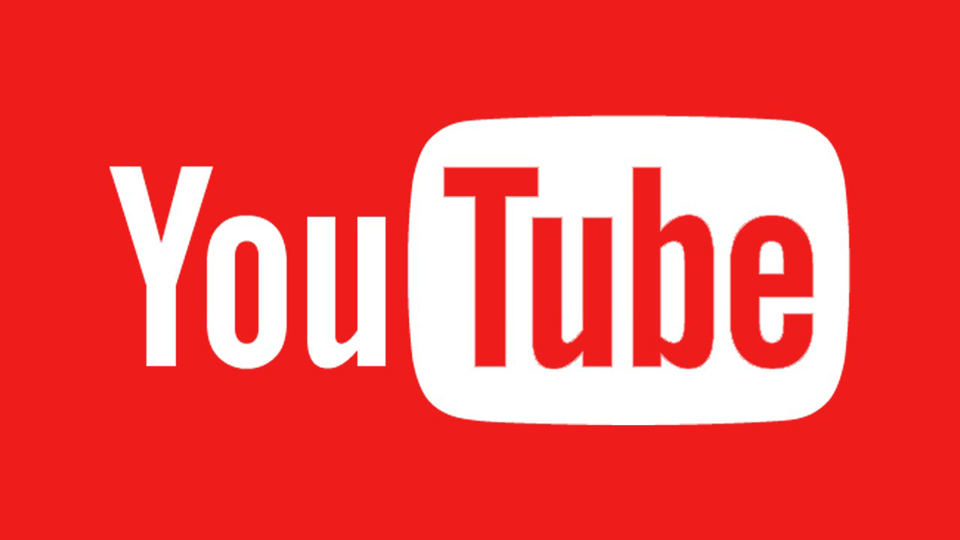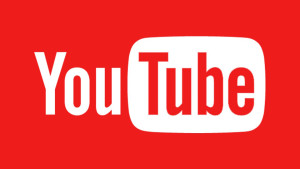
By Sean Ray | a&e editor

Initially launched in 2005, YouTube is the world’s most popular video sharing website. Content creators can monetize their videos by placing ads on them. Unfortunately, the rates are not the same for all videos.
The monetization of YouTube is perhaps the most overlooked aspect of the world’s most popular video sharing site. Everyone goes through waiting for an ad to finish so they can watch their favorite YouTuber. However, YouTube’s monetization policies have a serious problem that cannot be ignored. People are being paid more for less effort.
Under its current standards, the amount of money a video maker is given for a YouTube video per view is based on a complex algorithm that revolves around two factors: how long the video is and how often the creator releases videos.
While this policy works fine and dandy for a “Let’s Player” or someone making vlogs, this policy is harmful to animators who release their content on YouTube. Many web animators work alone or with a very small team, and it can take weeks to release a video that may last only two or three minutes.
Because of the short video length and the time it takes to animate those videos, animators find themselves being paid significantly less than someone who, say, puts out a 30-minute video each week of them playing a video game, despite the fact that the animator likely put in a lot more time and effort than the gamer.
Arin Hanson, known on the web as Egoraptor, was formerly a famous web animator, responsible for the “Awesome” series that has garnered over a million views. Nowadays, however, Hanson has not released an animation in several years and makes his money off of putting videos of him playing video games with his friends on the web.
In a video released on his current YouTube channel, Game Grumps, Hanson revealed that videos that are under a minute see significantly less revenue than ones over a minute.
While YouTube has not definitively said why its policies are in their current form, Matthew Patrick, the personality behind the popular channel Game Theory, believes that YouTube may be attempting to compete with streaming sites like Netflix and Hulu. After all, longer videos mean more time people spend on YouTube and not on some other site.
Whatever the reason, the simple truth is that this policy needs to change. YouTube is rewarding people for putting in much less effort than it would take to make a well-crafted animation. When it comes to most careers, the person who works harder gets paid more than the person who works less.
The site should base revenue on how much of the video people watch, rather than the raw minutes themselves. As the system is in its current form, a 30-minute video that people only watch 10 minutes of is more valuable than a 3-minute animation that is watched to completion. If revenue was based on the percentage of how much the video’s total run time is watched, this would not be the case.
Until the policy’s change, prospective animators looking to release their content on the web should think about either trying another website, or working with other animators to put out longer videos, lest they find themselves being paid pennies for several weeks’ worth of work.



